My visit to Rwanda was a welcomed, but an unexpected and unplanned one. I know what you’re thinking, “How do you unexpectedly end up in Rwanda?” Well on my recent trip to East Africa with Intrepid, my trip was only supposed to take me to Uganda and Kenya. However, I ended up finding myself in Rwanda.
When visiting Southwestern Uganda to trek with the mountain gorillas at Mgahinga National Park, we had one extra day to participate in an optional excursion of our choice. We were told about the excursions before arriving in Uganda, the most popular option being a visit to see the Golden Monkey’s, as this is the only place in the world you can see them.

I assumed the monkeys would be where I was headed. However, as we arrived in this area of Uganda, we were presented with an additional option to go on a day trip to Rwanda since we were already so close to the Rwandan border.
A day never is long enough to see a country, however, at the same time, I didn’t know when or if I’d ever have the opportunity to go to Rwanda again in my life. Plus, I personally had found the history of Rwanda very interesting. I saw Hotel Rwanda when I was in school as a teenager, and I was shocked that something like this was happening in the world while I was alive.
As a kid, when you learn about things like genocides for the first time, you are so unaware of what exists outside of your safe, first-world bubble you’ve been sheltered in. For me, to have that opportunity to see and visit a place that really impacted me in the classroom decades ago would be an absolutely once-in-a-lifetime experience. So I knew I had to jump on this opportunity.
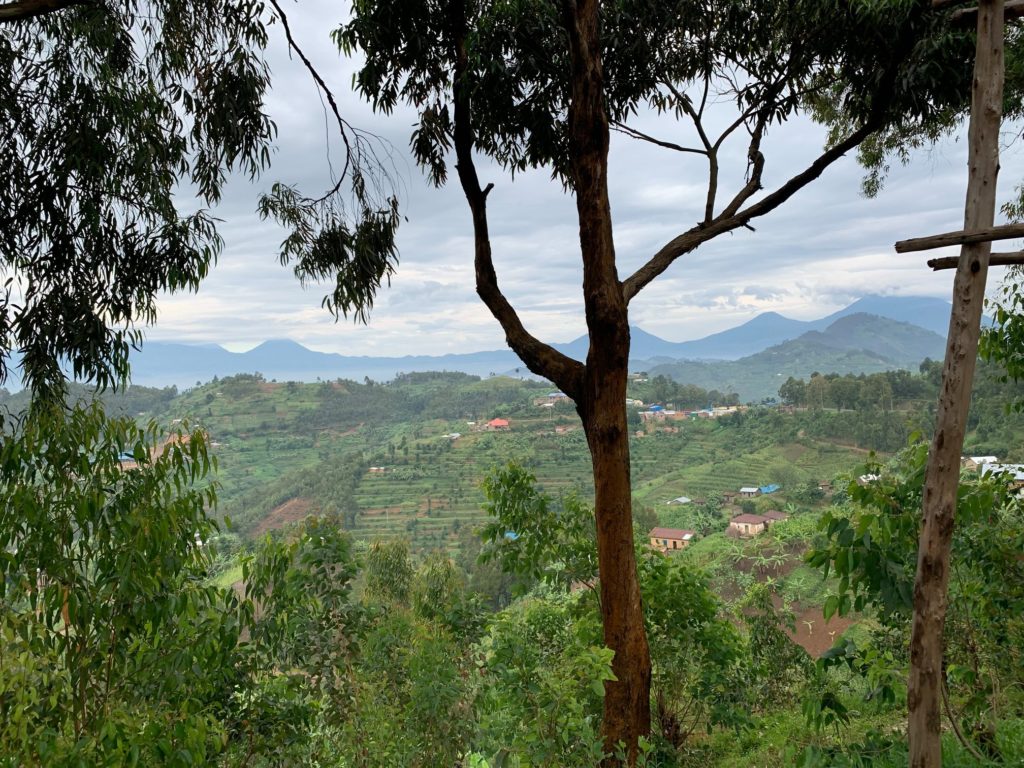
Before I talk too much about my day trip, I think it’s important to talk a bit more about the actual history of Rwanda. Shockingly, a lot of people still don’t know about what happened back in the early 90’s. I probably wouldn’t have known if it wasn’t for my teacher showing me the movie Hotel Rwanda when I was younger.
The history goes so deep and dark that it’s almost impossible to try and sum it up for you in full. However, I’m going to do my best to give you some Coles Notes to preface this blog post.
Hutus & Tutsis: Years of divide
Rwandans, for decades, even before the 1994 genocide, had always been labeled primarily into two different ethnic groups – Hutu and Tutsi. The country faced multiple spurts of violence throughout history between the two ethnic groups, which in 1959 even forced 330K Tutsi’s to flee from Rwanda completely.
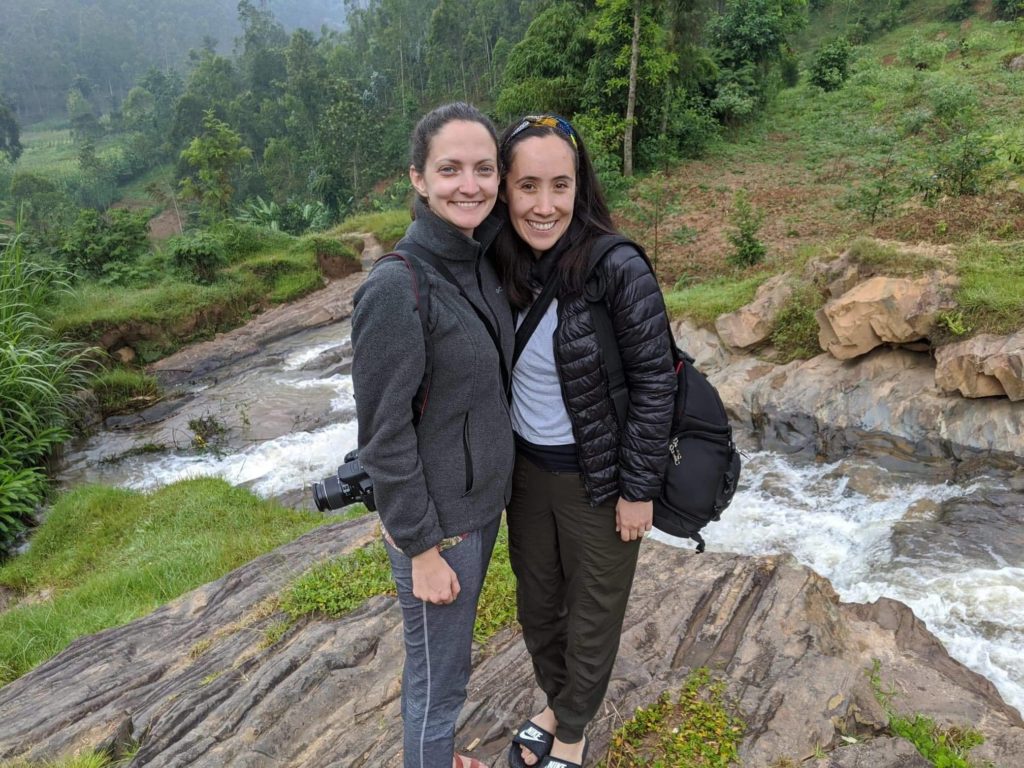
The reason for the divide? This goes all the way back to German and Belgian colonialism. Who both made the dividing lines between the two ethnic groups significantly sharper. There were all sorts of ways and reasons that people believed one group was inferior to the other, including social status. But the most bizarre being the way they looked. Tutsi’s tending to be tall and thin, versus Hutu’s who were shorter, and broader. There was even a belief in nose sizes that differentiated the two.
Post-independence, Hutus made up the majority of the population, meaning that naturally they won the country’s first elections. Throughout the years, intermittent violence between the two groups continued. However, the Rwandan genocide that started in spring 1994 was in a class of its own.
The genocide
In early 1994, many Hutus, that also included a number of important government officials, came to the conclusion that the real problem in the country was the Tutsi minority. From this, they started to organize armed paramilitary gangs, training them to prepare for a wipe out of the Tutsis.

Around this time, the President, had just agreed to a UN enforced peace agreement. But the Hutus shot a missile at President Habyarimana’s plane, and with the death of him on April 6th, came the unraveling of that agreement. By eliminating the president, this was the Hutu extremists green light to begin their plan for mass extermination.
On April 7th, the killing began.
Hutu militias went village to village slaughtering Tutsis with guns and machetes. Using a radio station to coordinate the beginnings of the campaign around the country, telling people where they needed to kill. The militia were killing at a pace of 8,000 Tutsis per day across the country and officials rewarded killers with food, drinks, drugs, and money. Resisters to this movement were killed.
Within three months, 800,000 people had been slaughtered.

How did the genocide end?
The genocide ended in July 1994 after 100 days of slaughter. How? The Tutsi RPF (Rwandan Patriotic Front) that was led by Paul Kagame, gradually seized more territory and took over. Forcing the Hutu rebels to flee to Congo (which later sparked deadly violence in Congo). Kagame later became the country’s leader (more about him below).
For a more detailed history, click here.
Why didn’t anyone do anything?
The biggest question we all wonder is how on earth did something like this even happen during the 90’s? Why didn’t anyone do anything? Why didn’t international aid step in?
There is still resentment today in Rwanda for what other countries didn’t do to help stop this genocide. The international community had advance evidence of the coming genocide and violence, but they still did nothing.
Once the mass killings began, the evidence of slaughter was impossible to avoid. Yet still, nothing was done. The USA discouraged the UN Security Council from authorizing a more robust deployment and a UN Security Council vote in April 1994, when the genocide started, led to the withdrawal of most of the UN peacekeeping operation.
As news of the genocide continued to spread, the Security Council voted in mid-May to supply a more robust force, but unfortunately by that point, and by the time the troops had arrived in full to Rwanda, the genocide was over, and had seen the worst.
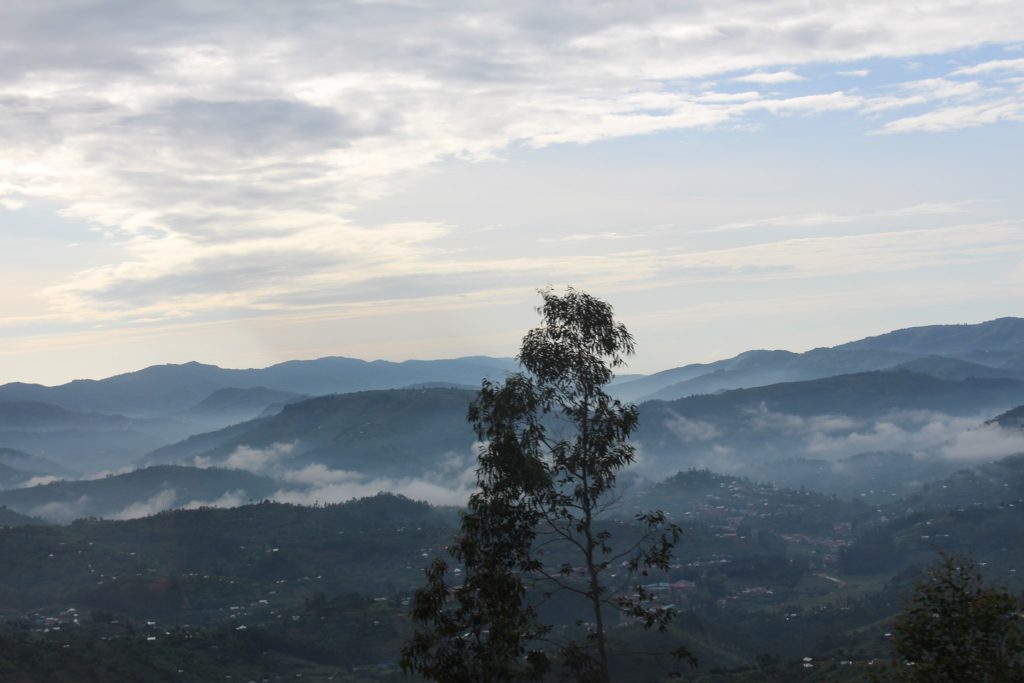
First impressions of Rwanda today
The story and history of Rwanda is not a pretty one. It’s one that you think only exists in movies. It’s terrifying, heart wrenching, and you truly can’t help but feel pain for the people of Rwanda.
When crossing the border into Rwanda, I didn’t really know what to expect. I didn’t know how I would feel. What it would be like to stand in the very spots that thousands of people were killed. To see the Kagera River which runs through to Uganda and to Lake Victoria. A beautiful river today, but recognizing that once it was the disposal ground of thousands of corpses. So many corpses flowing down the river to Lake Victoria that Uganda had to call a State of Emergency due to the health hazard.
What many people would be surprised to hear is that as you drive and walk the streets of Rwanda, you would have no idea that this was their past. The beautiful rolling, lush hills, the locals living among eachother, both Tutsi and Hutu, the country functioning and “back to normal” as it would appear to the naked eye.
Although I’m sure disagreements and resentment still exists today, it’s amazing to see how far they’ve come.
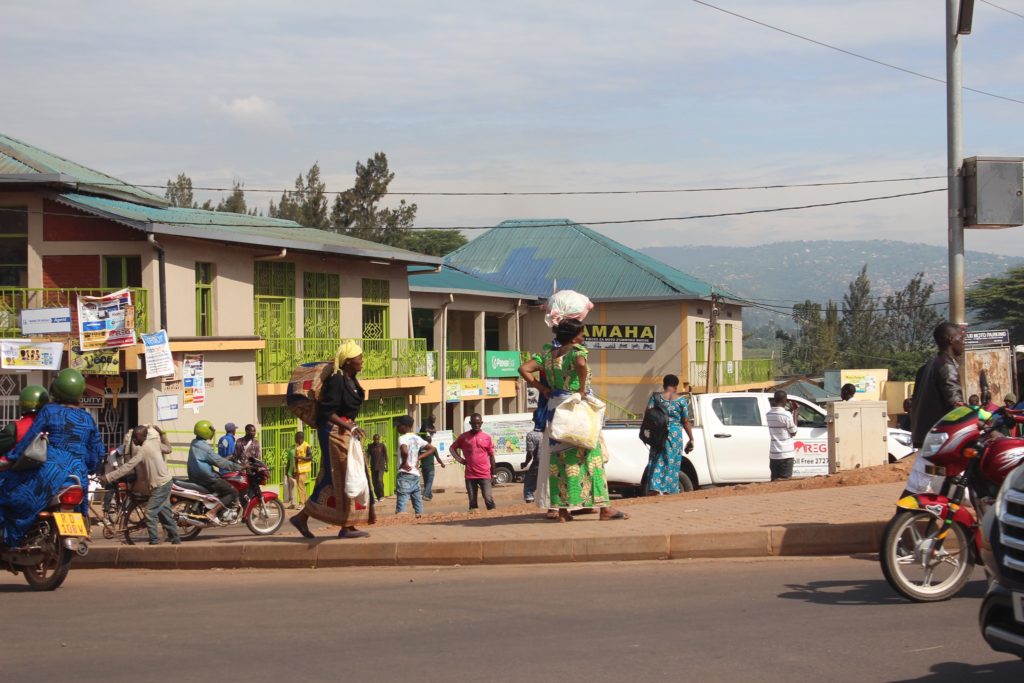
New leadership, new Rwanda
After traveling through Uganda and Kenya, where you see tons of trash, and just very dirty conditions, the thing you instantly recognize about Rwanda is how beautiful and clean it is. This is one of the many things that are attributed to their leadership in Rwanda today.
Since 2000, Rwanda’s president, Paul Kagame is so largely loved and supported by the people of Rwanda that people wonder what’s going to happen when he needs and wants to retire (he’s been in office since 2000). In 2017, 99% of the country voted for him, and it’s rumored that the people of Rwanda just won’t let him retire. Aka if he isn’t running, they aren’t going to vote.
The country has changed to being at war to having one of the fastest growing economies in Africa. Plus, the poverty rate has also dropped since Kagame has been in power. He even hosts national days where everyone in the country cleans up trash to help keep their country beautiful and set an example for the next generation. Community service (called Umuganda) is required from all Rwandans to encourage working together and all contributing to building the community.
New laws have also been implemented to control what the media in Rwanda is allowed to speak about, following the role the radio played in the genocide in 1994. History textbooks in schools shifted from outlining the differences of Hutus and Tutsis to instead highlighting Rwandans today as one, in hopes to educate and inform the next generation, to ensure nothing like this happens again.
Kagame showed Rwanda the much needed love, support, and stability, they needed, which is why the country loves this man so much.

What happened to the Hutus involved?
One of your biggest questions is probably what happened to the Hutus that were involved in the mass genocide? Did they just get away with it? Where are they now?
There were over one million people potentially involved in the genocide, nearly one fifth of the population. How does a country deal with all of these criminals?
After the genocide, the RPF had mass arrests, jailing 100,000 people in the two years following. This naturally overwhelmed the prison system which was only designed to hold 18,000 inmates. Naturally during the genocide, government institutions and courts had been destroyed, and many judges, prosecutors, and employees were among those murdered (or they fled the country). By 1997, the country only had 50 lawyers in their system, causing huge barriers around trials for all those that were involved. It was estimated to take over 200 years to conduct trials with all the suspects that were in prison. That doesn’t include all the others who were not in prison yet.
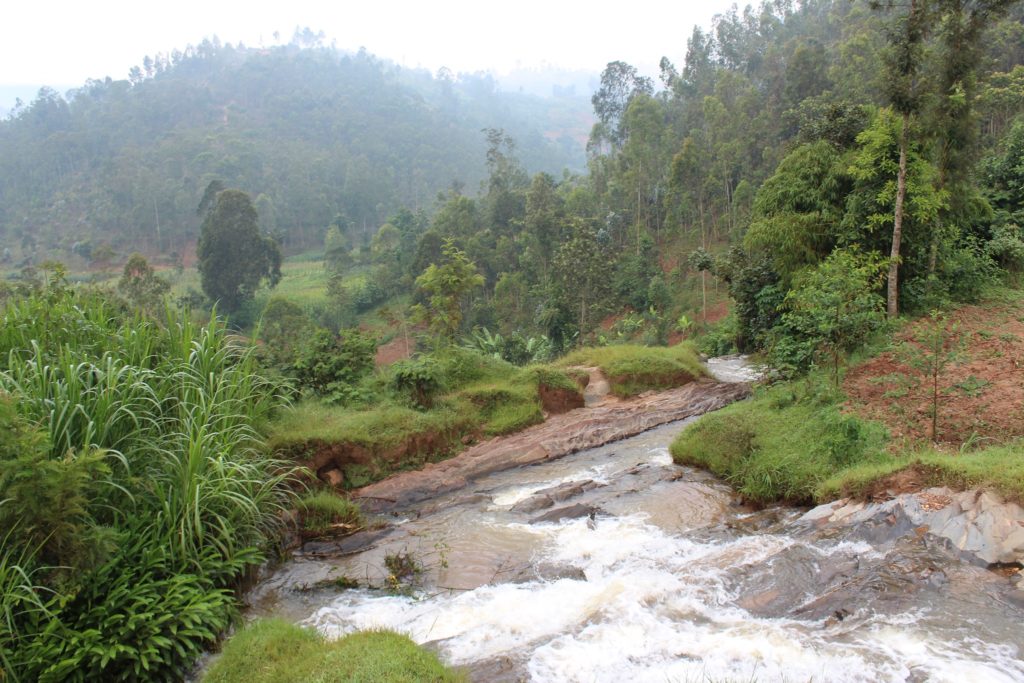
Over the years, several different court systems were introduced to help worth through the pile of trials following the genocide. Including the UN established, International Criminal Tribunal for Rwanda, which tried the high-level cases where Rwanda handled the lower level.
My guide on my day trip told us that people that denied their involvement in the genocide had different punishments than those that owned up to it and apologized. Many people you’ll see that help with basic “chores” around the city such as gardening, trash pick-up, cleaning, etc. are often the ones that were involved in the genocide and are now doing community service to repay and give back after what they did.
For a more detailed play-by-play of the trials post-genocide, click here.

Visiting the Kigali Genocide Memorial
Okay, back to our day trip. Our first stop when approaching Kigali, the capital of Rwanda, was the Kigali Genocide Memorial. Although this is a hard place to see, and visit, it’s an important one. You can’t visit Rwanda and pretend that nothing has ever happened and this is a good starting point to learn.
I knew going into it that this would be hard. However, I also went into it knowing a lot about the genocide already. Which I think lessened the blow a bit.
The memorial is very well put together. As you walk through, there are videos, and readings to help educate yourself more on what took place and why. You are also given the option to pay for a audio guide, with the proceeds going towards their foundation, but this isn’t necessary.
As you progress through the exhibits, you’ll begin to enter different rooms, that to be honest, hit me a little harder than reading the history. One room we entered had displays of clothing that was found on/from victims. Hanging, dirty with mud, in one of the glass displays was a t-shirt with a retro “Ottawa” logo (the capital of my country, Canada). Secondhand clothing that was likely once worn by a privileged tourist, now hanging as artifacts from a mass genocide.
Thousands of pictures hung along the walls that were left behind from the survivors of families. Personal belongings, and what hit the hardest, the children’s exhibit. This room displayed photos and stories of innocent children who were slaughtered during the massacre who never knew a life that didn’t involve fear and violence.
The memorial was hard, but as I said, important.
Lunch at Hotel Rwanda
Following our visit to the museum, we moved onto lunch at the famous Hotel Rwanda. This hotel is actually called Hotel des Mille Collines. If you haven’t seen the movie, Hotel Rwanda, you may not really have known about this heroic story from the genocide.
This hotel was responsible for being a safe haven for Tutsis during the genocide. The hotel manager, Paul Rusesabagina, hid hundreds of Tutsis in the hotel during the genocide, bribing the Hutus with alcohol and money to help keep them safe. Today the hotel still stands and is a working hotel. You are probably wondering who would ever want to stay here? But what’s remarkable about this hotel is that no Tutsis died here during the genocide. They were all kept safe during the hundred days of slaughter until they were evacuated.

If you haven’t seen the movie, I highly recommend it. Although it only tells one small part of the whole genocide, it’s what opened my eyes to what had took place in 1994.
Today you can visit the hotel for lunch. I can’t even describe what it felt like to be there. It was seriously one of those moments in travel where you feel all the feels, most of which you never knew you were capable of feeling before.
Leaving Rwanda behind
Although I was in Rwanda just for a day, it was one of those life changing, surreal experiences. It was truly remarkable that a country could ever recover from their history. It’s crazy to me that 1994 really wasn’t that long ago, meaning that hundreds of survivors walk the streets even today in Rwanda. All with their own stories from what happened in 1994. All these people went through something no one should ever have to experience. They watched family members and friends get slaughtered, many orphaned, or left with no family at all. It’s incredible that Tutsis don’t all hold an incredible hatred towards Hutus decades later, and I’m sure some of them still do. However, they are moving on and living their lives like they should have always been able to do in the first place.
The resiliency of this country is beyond anything I’ve ever seen in my lifetime.
Maybe the (some) Tutsis have forgiven, but they definitely will never forget. However, they have learned to live as one. Not Hutus and Tutsis, but Rwandans.
Other Content to Read from my Trip to East Africa:
- What to Pack for an Overland Camping Trip in Africa
- How Much Does a Trip to East Africa cost?
- Highlights from East Africa
Pin the below image to save this post for later!


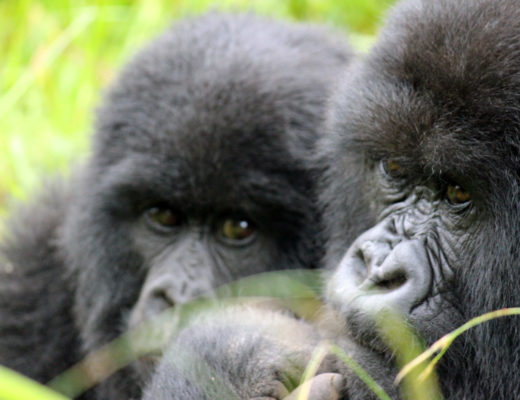



No Comments